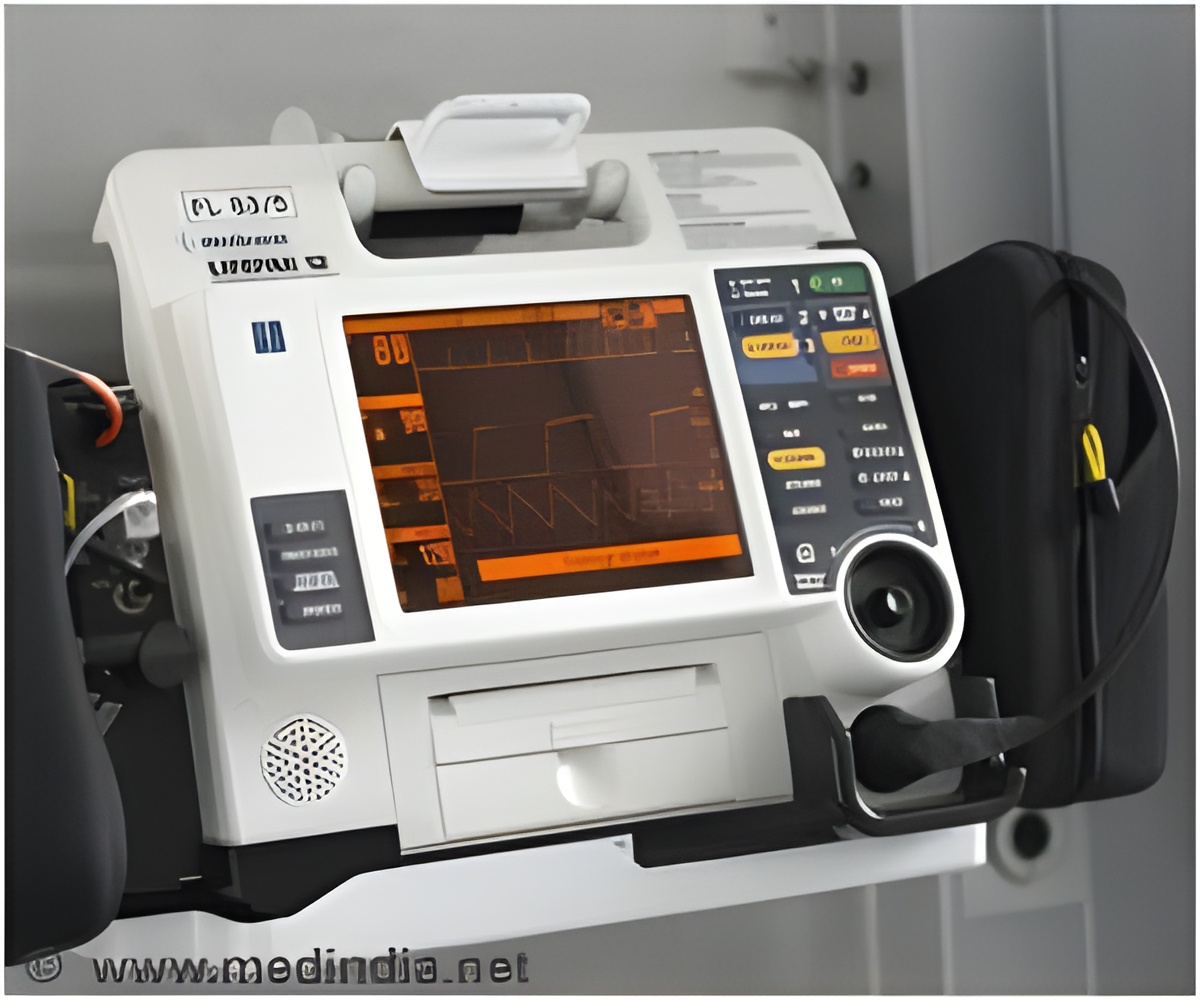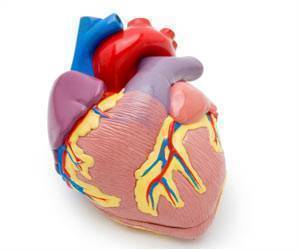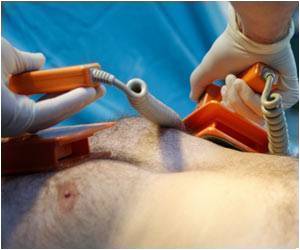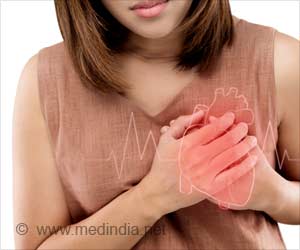
Current guidelines suggest areas associated with the highest risk of cardiac arrest should be targeted for AED deployment, after they have been placed in obvious high-traffic areas such as transportation hubs or major sports venues. But it's not clear how to identify these "cardiac hot spots."
Timothy Chan and Morrison looked at the locations of all 1,310 public cardiac arrests in Toronto between December 2005 and July 2010 and the locations of all 1,699 AEDS registered with Toronto Emergency Medical Services.
They found that 304 cardiac arrests occurred within 100 metres of at least one AED (23 per cent).One hundred metres was chosen as the yardstick because it's the approximate distance a bystander could transport an AED in a 1.5-minute walk—the maximum recommended by the American Heart Association.
There were almost three times as many public cardiac arrests in downtown Toronto as the rest of the city – 3.5 per square kilometer per year vs. 0.4 – said Chan. Almost half of all downtown cardiac arrests were near an existing AED compared to only 17 per cent those outside of downtown.
Chan then looked at the 1,006 cardiac arrests that did not take place near an AED. He said that be placing AEDs in the top 30 cardiac arrest "hot spots," they could have covered an additional 112 historical arrests, or 32 per cent. The average distance between a cardiac arrest and an AED would fall to 262 metres from 281 meters.
Advertisement
"If you have a cardiac arrest, every second counts. Out-of-hospital cardiac arrest kills an estimated 300,000 people in North America annually," she said. "Only five per cent of people who suffer out-of-hospital cardiac arrest survive to be discharged from hospital. The probability of survival decreases up to 10 per cent with each minute of delay between collapse and treatment."
Advertisement
"Our optimization model should be viewed as a decision-support tool to help prioritize placement of AEDs, make efficient use of public, donor or private funds directed toward public access defibrillator programs, and potentially maximize survival on the basis of geographic patterns of cardiac arrest," said Chan. "Because AEDs are expensive and cannot be placed everywhere, our model allows a decision-maker to quantify the trade-off between the number of AEDS deployed and coverage."
Source-Eurekalert








